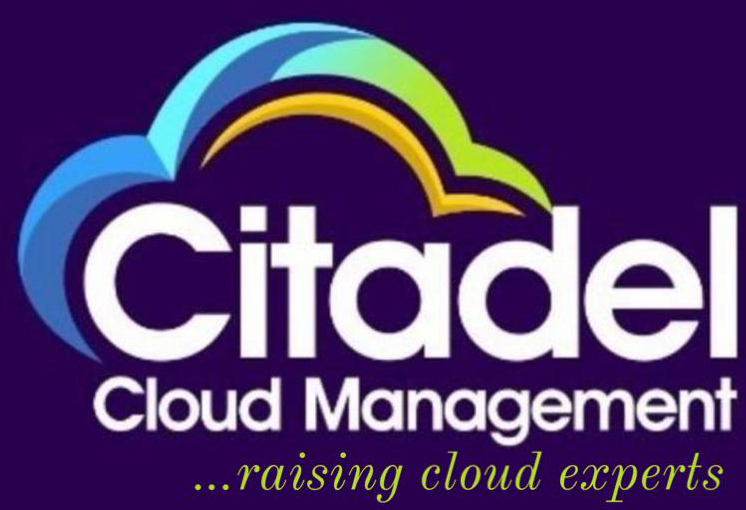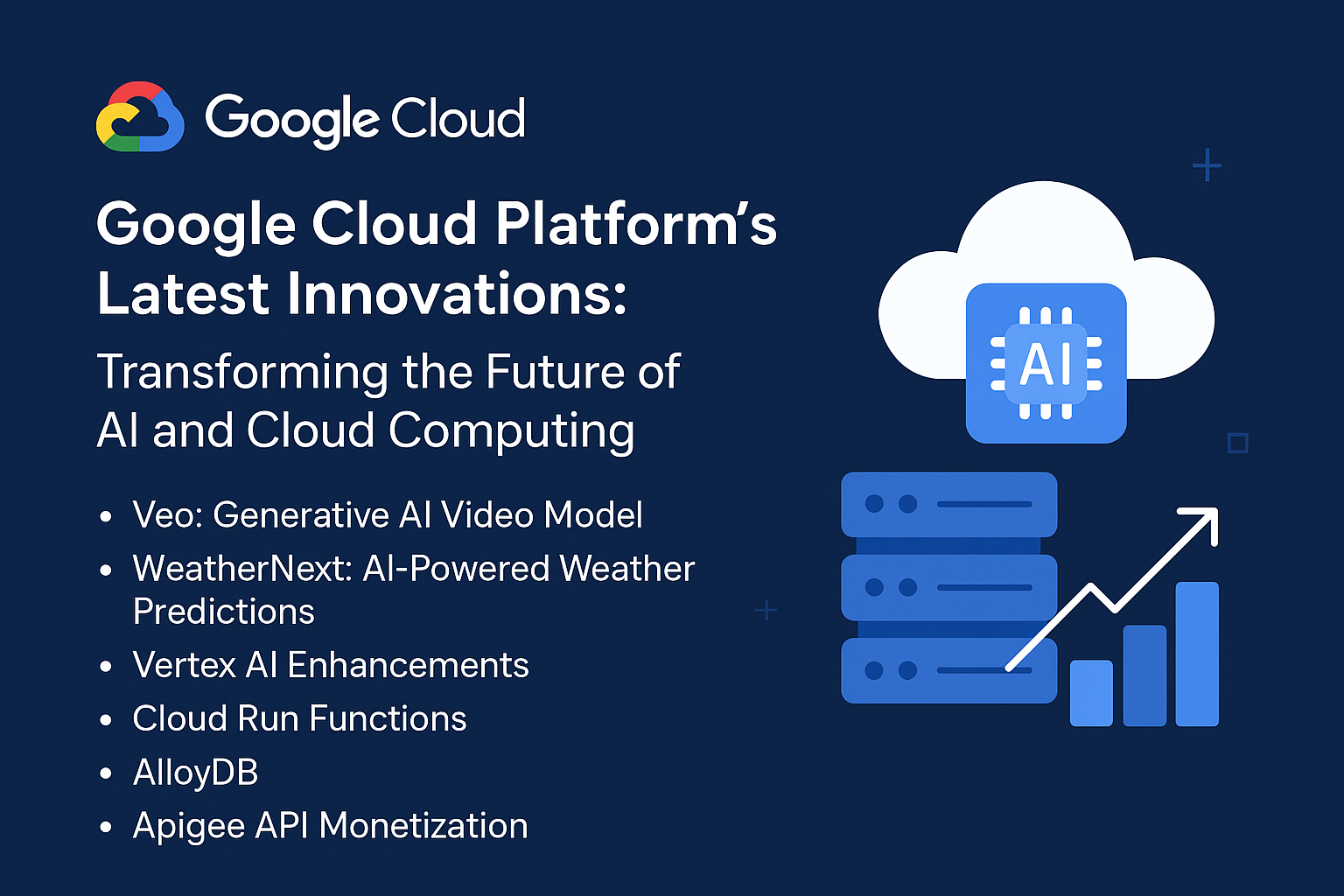Table of Contents for “The Future of Data Warehousing in a Multi-Cloud World”
- Introduction to Multi-Cloud Data Warehousing
- Benefits of Multi-Cloud Strategy for Data Warehousing
- Cost Efficiency
- Flexibility and Scalability
- Risk Management and Disaster Recovery
- Challenges of Multi-Cloud Data Warehousing
- Data Integration and Interoperability
- Security and Compliance Concerns
- Vendor Lock-In
- Technological Advancements Shaping the Future of Data Warehousing
- Serverless Computing and Data Warehousing
- AI and Machine Learning Integration
- Real-Time Data Processing and Analytics
- Key Players and Tools in Multi-Cloud Data Warehousing
- Amazon Redshift
- Google BigQuery
- Snowflake
- Microsoft Azure Synapse
- Best Practices for Managing Data Warehousing in a Multi-Cloud Environment
- Data Governance and Management
- Interoperability and Data Sharing
- Automation and Orchestration Tools
- Future Trends and Innovations
- The Role of Edge Computing
- Data Mesh Architecture in Multi-Cloud Environments
- Quantum Computing and its Impact on Data Warehousing
- Conclusion: Navigating the Multi-Cloud Landscape for Data Warehousing
1. Introduction to Multi-Cloud Data Warehousing
Overview: Multi-cloud strategies involve the use of multiple cloud providers to host data and workloads. In the context of data warehousing, this enables organizations to store, manage, and analyze data across different platforms to optimize performance and flexibility. As cloud platforms evolve, the future of data warehousing increasingly depends on integrating these systems in a way that maximizes their strengths.
Resource Link: What is Multi-Cloud?
2. Benefits of Multi-Cloud Strategy for Data Warehousing
Cost Efficiency
Overview: A multi-cloud approach can allow businesses to take advantage of price differences between cloud providers, optimizing the cost of storage and computing resources. It enables cost reduction by choosing the most cost-effective service based on specific use cases and data storage needs.
Resource Link: How Multi-Cloud Can Optimize Costs
Flexibility and Scalability
Overview: Multi-cloud environments allow businesses to scale storage and processing power seamlessly. Organizations can distribute workloads across clouds based on performance requirements, enabling them to scale resources dynamically as needed.
Resource Link: Cloud Scalability in Multi-Cloud
Risk Management and Disaster Recovery
Overview: Storing data across multiple clouds offers better redundancy and minimizes the risk of single points of failure. In the event of downtime or disaster recovery requirements, multi-cloud environments provide better resilience and availability.
Resource Link: Disaster Recovery in Multi-Cloud Environments
3. Challenges of Multi-Cloud Data Warehousing
Data Integration and Interoperability
Overview: Integrating data from multiple cloud environments can be complex due to differences in architecture, formats, and data management protocols. Achieving seamless data integration and ensuring consistent quality across platforms is a challenge.
Resource Link: Multi-Cloud Integration Challenges
Security and Compliance Concerns
Overview: With data distributed across various cloud providers, ensuring data security and meeting regulatory compliance standards becomes more difficult. Organizations must carefully manage access control, encryption, and auditing processes.
Resource Link: Security in Multi-Cloud Environments
Vendor Lock-In
Overview: Relying on one or more cloud vendors may create dependencies that make it difficult to switch providers or avoid future cost increases. To mitigate this, businesses need to design their infrastructure in a way that allows for portability across clouds.
Resource Link: How to Avoid Vendor Lock-In
4. Technological Advancements Shaping the Future of Data Warehousing
Serverless Computing and Data Warehousing
Overview: Serverless computing allows businesses to run data warehouse queries and other workloads without needing to manage the underlying infrastructure. This reduces complexity and offers a pay-per-use model, which can optimize costs.
Resource Link: Serverless Computing in Data Warehousing
AI and Machine Learning Integration
Overview: The integration of AI and machine learning (ML) within data warehousing platforms is transforming analytics. These technologies automate data processing, pattern recognition, anomaly detection, and predictive analytics to deliver more insightful business decisions.
Resource Link: AI and Machine Learning in Data Warehousing
Real-Time Data Processing and Analytics
Overview: As businesses demand faster and more accurate insights, real-time data processing capabilities are becoming a standard in data warehousing. Platforms now allow for real-time data ingestion and analysis, enabling immediate decision-making.
Resource Link: Real-Time Data Analytics and Processing
5. Key Players and Tools in Multi-Cloud Data Warehousing
Amazon Redshift
Overview: Amazon Redshift is one of the leading data warehousing solutions for cloud environments. It offers high scalability, fast querying, and integrates well with AWS ecosystem tools.
Resource Link: Amazon Redshift Overview
Google BigQuery
Overview: BigQuery is a fully-managed, serverless data warehouse that allows businesses to analyze large amounts of data using SQL. It excels in speed and scalability for multi-cloud architectures.
Resource Link: Google BigQuery Overview
Snowflake
Overview: Snowflake is a cloud-native data warehousing platform known for its flexibility, scalability, and ability to handle both structured and semi-structured data. It supports multi-cloud deployments and enables secure data sharing.
Resource Link: Snowflake Data Warehousing
Microsoft Azure Synapse
Overview: Azure Synapse integrates big data and data warehousing with advanced analytics. It offers a unified environment that helps organizations query data on any scale from multiple sources.
Resource Link: Azure Synapse Analytics
6. Best Practices for Managing Data Warehousing in a Multi-Cloud Environment
Data Governance and Management
Overview: Effective data governance is crucial for maintaining consistency, security, and compliance across multiple clouds. It involves creating clear policies for data access, quality, and storage across cloud environments.
Resource Link: Data Governance Best Practices
Interoperability and Data Sharing
Overview: Ensuring smooth interoperability across different cloud platforms is key to successful multi-cloud data warehousing. This involves standardizing APIs and using common data formats to ensure easy data exchange between systems.
Resource Link: Improving Interoperability in Multi-Cloud
Automation and Orchestration Tools
Overview: Automating data workflows and orchestration can streamline data management tasks. Tools like Apache Airflow or Kubernetes can help businesses orchestrate and automate data pipelines across multi-cloud environments.
Resource Link: Automation in Data Warehousing
7. Future Trends and Innovations
The Role of Edge Computing
Overview: Edge computing will allow businesses to process and analyze data closer to its source, reducing latency and bandwidth costs. This will be particularly relevant in multi-cloud data warehousing where distributed data sources require efficient processing.
Resource Link: Edge Computing in Data Warehousing
Data Mesh Architecture in Multi-Cloud Environments
Overview: Data mesh is an emerging concept where data is treated as a product, with decentralized ownership and responsibility. It offers flexibility and scalability for data warehousing in a multi-cloud world.
Resource Link: Introduction to Data Mesh
Quantum Computing and its Impact on Data Warehousing
Overview: Quantum computing promises to revolutionize data processing, providing exponentially greater speed and power for data analytics and warehousing. It’s still in early stages but could drastically impact future data storage and analysis.
Resource Link: Quantum Computing and Data Warehousing
8. Conclusion: Navigating the Multi-Cloud Landscape for Data Warehousing
Overview: The future of data warehousing in a multi-cloud world involves embracing flexibility, scalability, and the strategic distribution of workloads across different cloud providers. As technologies evolve, organizations must stay agile and adopt best practices to navigate the complexities and maximize the benefits of a multi-cloud data warehousing approach.
Resource Link: Navigating Multi-Cloud Challenges

